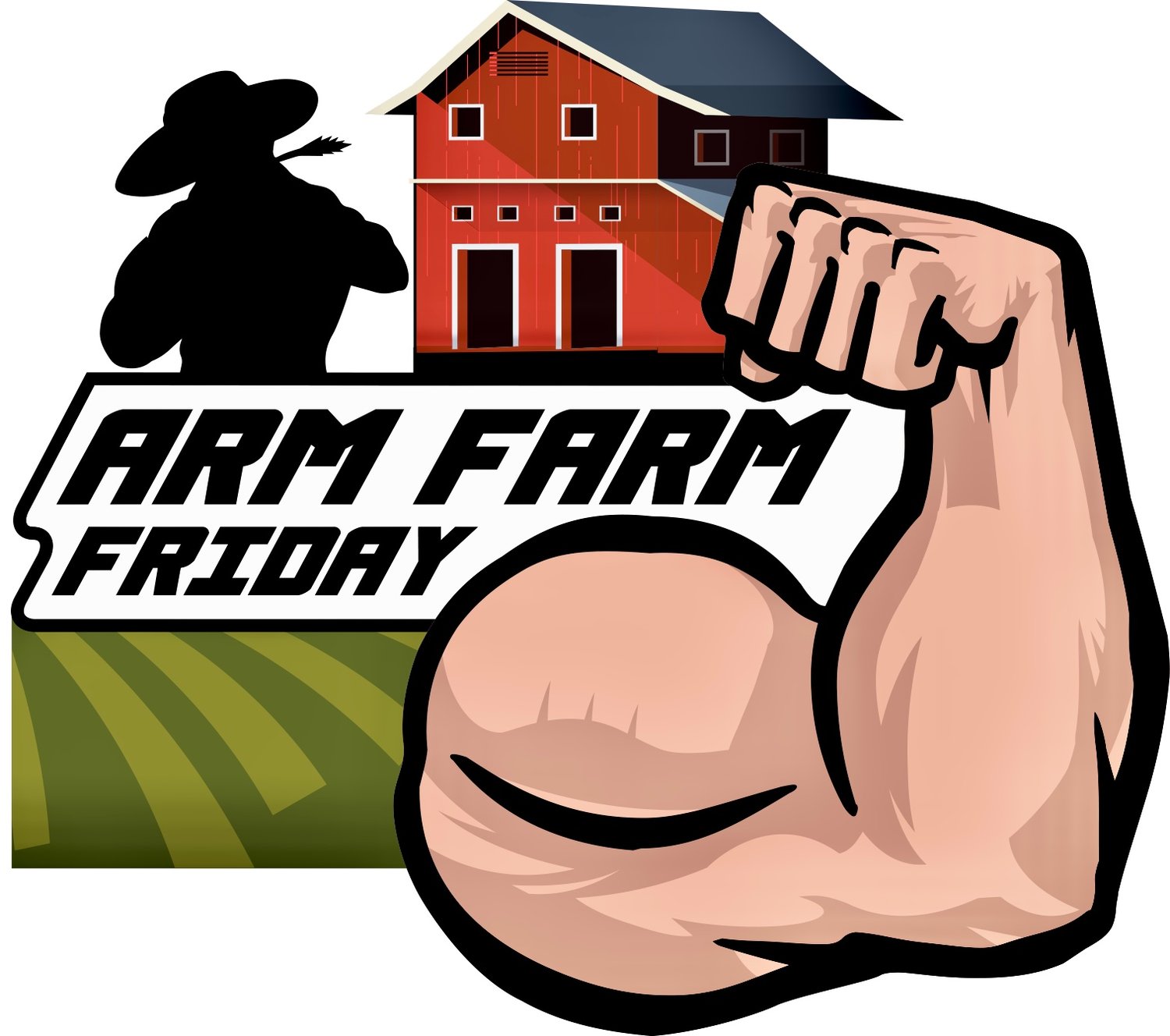What is skill? The Oxford definition of skill is “the ability to do something well”. Very vague in terms of what “something” is, but it literally can mean anything. Cooking, parenting, driving, communication, etc. But, how is skill attained? How is it developed? Can it be mastered? Measured? Lost?
In my experience, people around me always looked at skills as the fancy intangibles you would write on a job application. You know what words I’m talking about. Disciplined, accountable, tenacious. Something in that ball park. But that’s not what I want your attention on. Think of skill as a verb in this sense (yes, as in actually performing an action). Now think of a few you things you are skilled in for a moment. Really take some time to ponder on what you feel you are truly skillful at. I’ll wait. *Final Jeopardy Music*
Was training on your list? If it was, great! If not, let me tell you why it should be. Those who are fortunate enough to make their own decisions should all be able to attain the skill of training. Before I continue, let me briefly elaborate on what type of training I’m referring to.
Let’s start off with a little background and talk about the Long Term Athlete Development (LTAD) model. For those that are not familiar, the LTAD model is a framework that prepares an individual for training, competition, and recovery based on their developmental age opposed to their chronological age. There are 7 stages of this model that goes as is ; Active Start - FUNdamentals, Learn to Train - Train to Train - Train to Compete - Train to Win - Active for Life. For the sake of this blog, l will only refer to stages 3, 4, and 7 (Learn to Train, Train to Train, Active for life).
There comes a point in life where exercise is thrown at us in health class stating “it’s good for you and the benefits are great”. It’s been proven by science more times over so there’s no denying it. But, what happens when you get lost in the sauce and have no idea what to do? Never picked up a dumbbell, or don’t know what a barbell collar is? Don’t know the difference between a squat and a hinge? That’s just scratching the surface.
I want you to now look at the art of training as a skill (primarily the physical movement aspect). Every human on planet Earth has the ability to ATTAIN the skill of training and is more than capable of developing it as well. Our bodies are made very uniquely compared to one another. Some shorter, some taller. Some with longer torsos, and vice versa. Even those who were born with adverse complications. We are all capable of LEARNING.
Let’s quickly back track to the LTAD model. Although the model is primarily for the sporting “athlete”, this can more than appeal to the general population reader. Stage 3 focuses on building a foundation while stage 4 is all about “building the engine”. These two steps are crucial in how the individual carries that information for later in life (stage 7). For example: How a certain movement feels (both good and bad), understanding how their bodies move in space (proprioception), realizing that discomfort isn’t pain (body’s response to challenge). There is a lot more to training than just the conscious feeling, but wanted to keep it relative to oneself.
With all that said, don’t let the fear of not knowing how to move scare you from trying. Training should be fun and engaging. Keep it fresh with new ways to keep your body moving. Surprise yourself with what you’re capable of and enjoy the process.

